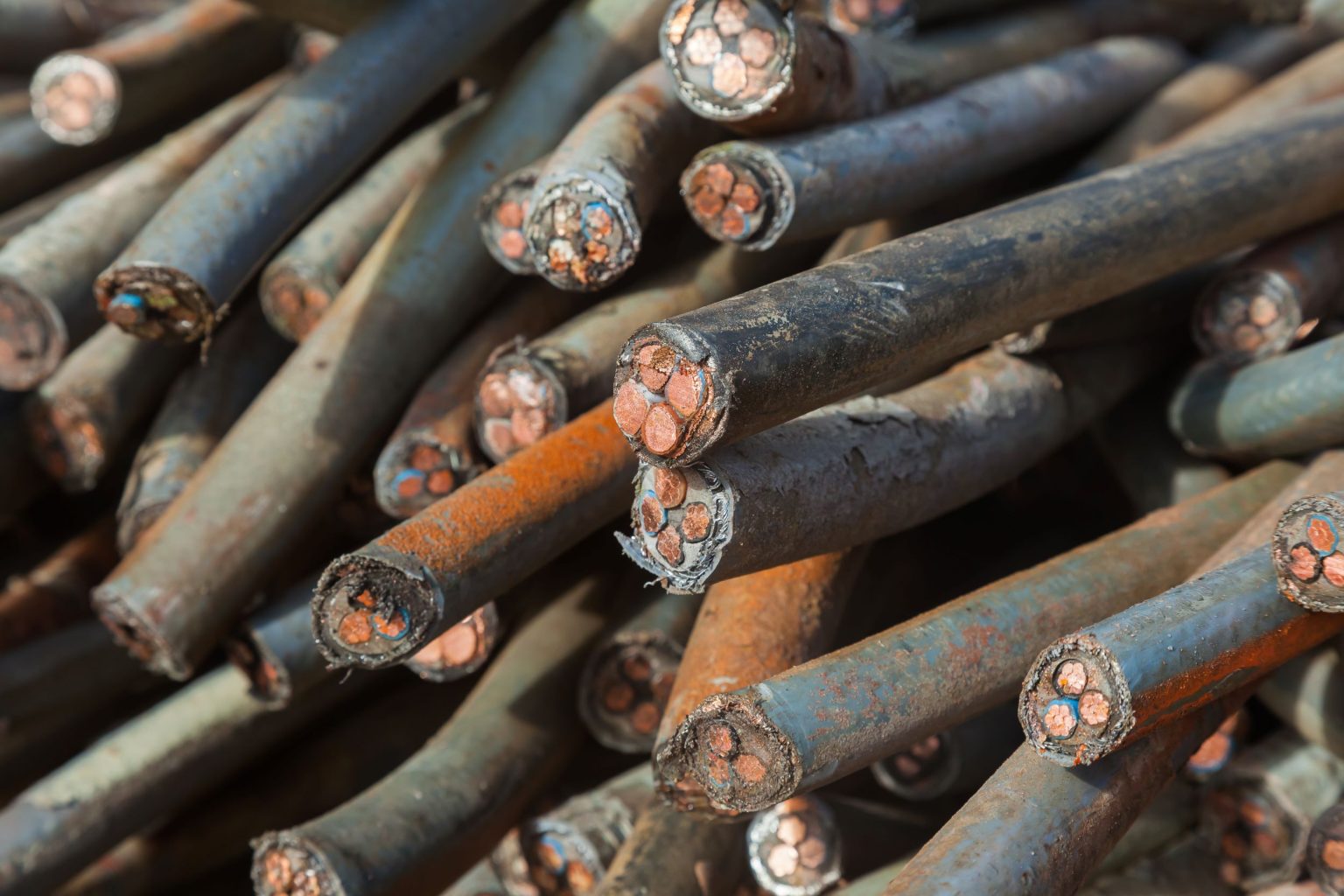The Dangers of Old Wiring and How to Address Them

Outdated Wiring: The Hidden Dangers and How to Make Your Home Safe
As homes age, so do their electrical systems. Many older homes have outdated wiring that may no longer meet modern safety standards or electrical demands. Old wiring can pose significant risks, including electrical fires, power failures, and even personal injury. In this blog, we’ll explore the dangers of old wiring, how to identify potential issues, and what steps you can take to address them.
Why Old Wiring Is a Hazard
1. Fire Risk
Old electrical systems were not designed to handle today’s energy demands. Overloading these systems can cause overheating, leading to electrical fires. Additionally, outdated materials like cloth-insulated wiring can deteriorate over time, exposing live wires and increasing fire risks.
2. Inadequate Electrical Capacity
Modern households rely on multiple high-powered devices like HVAC systems, computers, and kitchen appliances. Older wiring often cannot handle this load, resulting in frequent tripped breakers, flickering lights, or even electrical outages.
3. Lack of Grounding
Homes built before the 1960s may lack grounded outlets. Grounding provides a crucial safety mechanism that prevents electrical shocks by directing excess electricity safely into the earth.
4. Damaged or Worn-Out Components
Wear and tear from years of use can cause issues like frayed wires, loose connections, and corrosion. These problems increase the likelihood of electrical arcs, which can cause fires and other damage.
Signs of Old or Dangerous Wiring
While some issues with old wiring are visible, others may require a professional electrician to diagnose. Here are some common indicators:
- Flickering or dimming lights when using certain appliances.
- Frequent circuit breaker trips or blown fuses.
- Discolored outlets or switch plates, indicating overheating.
- A persistent burning smell near outlets or switches.
- Two-pronged outlets, which often indicate a lack of grounding.
- Buzzing or humming sounds from electrical panels or outlets.
- Exposed or frayed wires in basements, attics, or crawl spaces.
Types of Old Wiring and Their Specific Risks
Knob-and-Tube Wiring
Common in homes built before the 1940s, knob-and-tube wiring lacks grounding and uses outdated insulation. It is highly prone to overheating and is considered a significant fire hazard.
Aluminum Wiring
Used in the 1960s and 1970s as a cheaper alternative to copper, aluminum wiring corrodes easily and can loosen over time, leading to potential arcing and fires.
Cloth-Insulated Wiring
This type of wiring, common in mid-20th century homes, deteriorates over time, leaving wires exposed and more likely to short circuit.
How to Address the Risks of Old Wiring
1. Schedule an Electrical Inspection
The first step in addressing old wiring is to have a licensed electrician perform a comprehensive inspection. They will assess the condition of your wiring, identify safety concerns, and provide recommendations for upgrades or repairs.
2. Upgrade Your Electrical Panel
Older homes often have undersized electrical panels that cannot handle modern power demands. Upgrading to a 200-amp panel ensures your home has the capacity for today’s devices and appliances.
3. Rewire Your Home
While rewiring is a significant investment, it’s often the best solution for homes with dangerous or outdated systems. Modern wiring materials like copper are safer, more efficient, and meet current electrical codes.
4. Install Grounded Outlets
If your home has two-pronged outlets, upgrading to grounded outlets will improve safety by reducing the risk of electrical shock. This is especially important in areas with high moisture levels, such as kitchens and bathrooms.
5. Add GFCI and AFCI Protection
Ground Fault Circuit Interrupters (GFCIs) and Arc Fault Circuit Interrupters (AFCIs) are essential safety features. GFCIs protect against electrical shocks, while AFCIs reduce the risk of fires caused by electrical arcs.
Preventive Measures for Homeowners
Even with modern wiring, regular maintenance and caution are essential to avoid electrical hazards.
- Avoid overloading outlets. Use power strips with surge protectors instead.
- Unplug appliances when not in use, especially high-wattage devices like space heaters.
- Keep an eye on electrical cords for signs of damage or wear.
- Ensure proper ventilation around appliances to prevent overheating.
- Schedule periodic inspections, especially in older homes.
The Cost of Ignoring Old Wiring
Failing to address old wiring can have severe consequences, including:
- Higher Insurance Premiums: Some insurance companies may charge more for homes with outdated wiring or even refuse coverage.
- Potential Code Violations: Selling a home with unsafe wiring can lead to legal complications or reduced property value.
- Increased Fire Risk: Electrical fires caused by old wiring can result in devastating property damage or even loss of life.
Don't Settle for Old Wiring
Old wiring is not a problem to ignore. With the potential for fires, shocks, and power failures, addressing outdated electrical systems is essential for the safety of your home and family. By scheduling regular inspections and upgrading your wiring as needed, you can ensure your electrical system is both safe and capable of meeting modern demands.
For professional advice or assistance with electrical inspections and rewiring, consult a licensed electrician. Investing in a safer electrical system today can save you from costly and dangerous issues down the road.